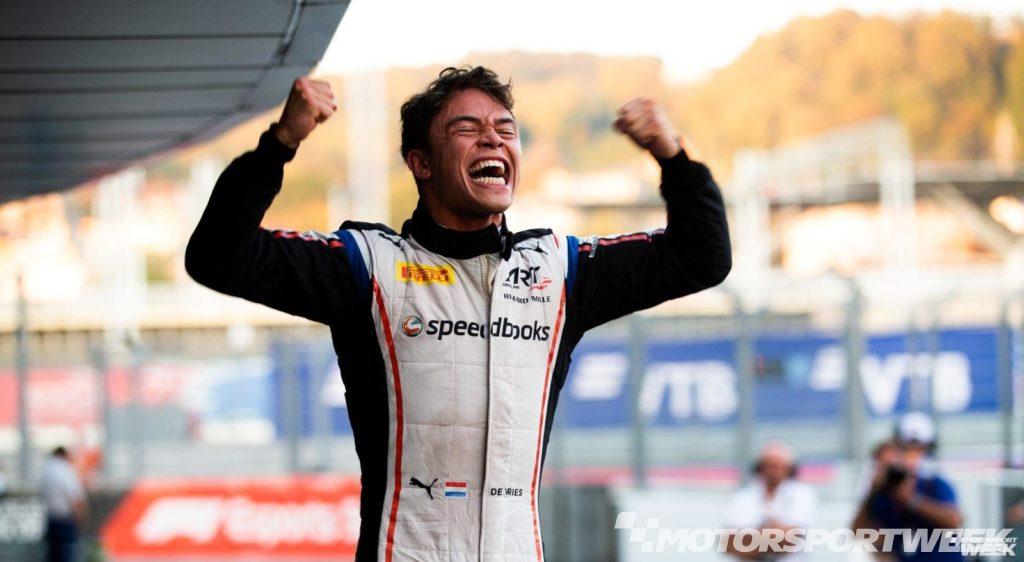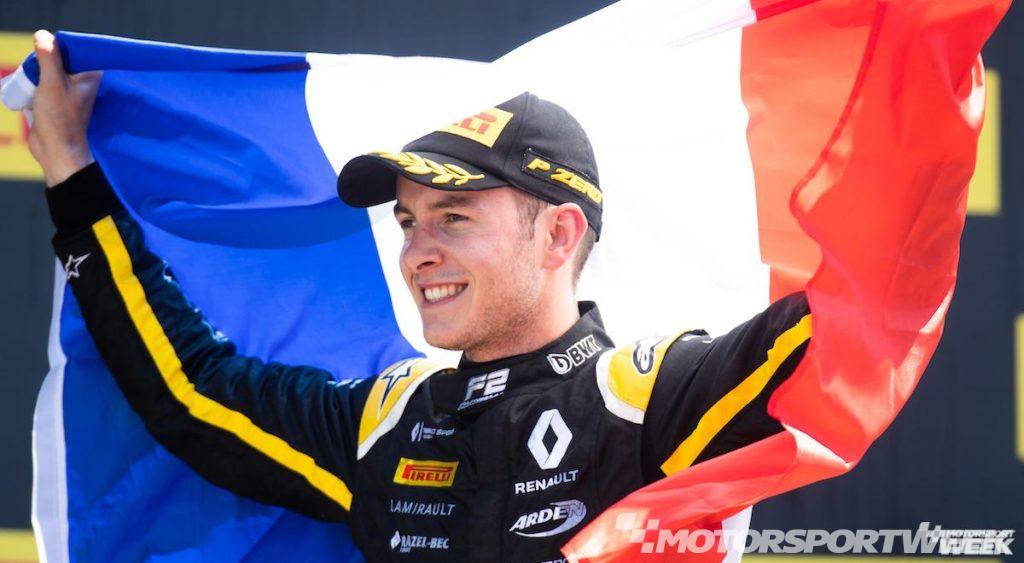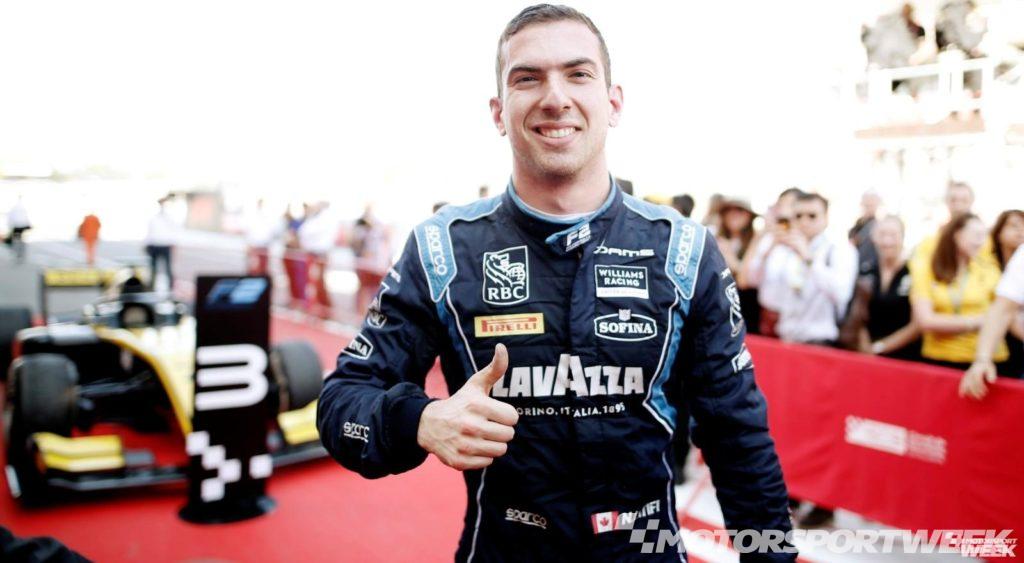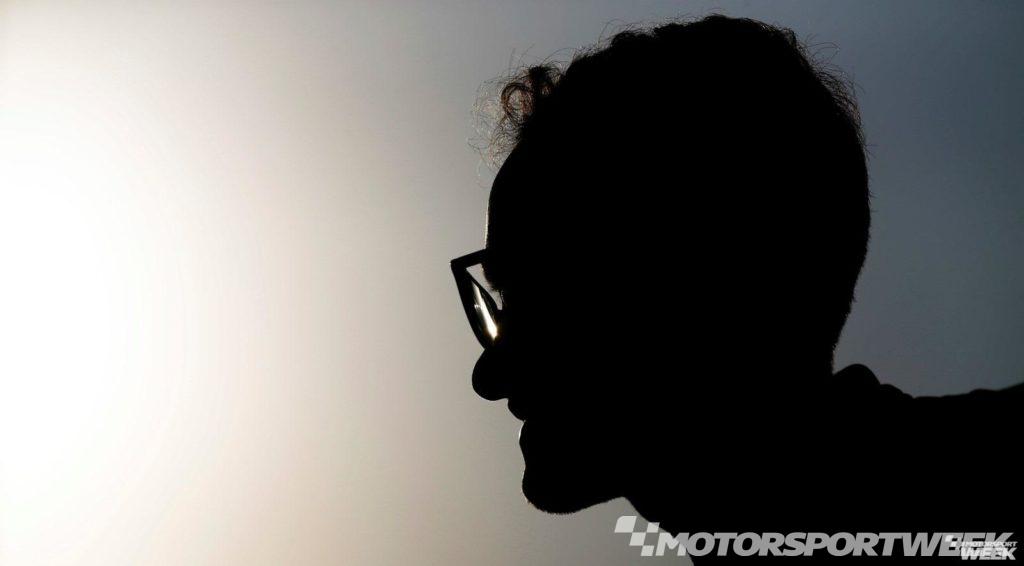Since Liberty Media acquired Formula 1 and its feeder championships in early 2017 it has been keen to tap into previously dormant markets to further promote the sport.
Through 2018 it allowed Netflix into the paddock to film a 10-part documentary series, charting various stories within Formula 1, and the series made its debut in early 2019.
Drive To Survive proved a hit with existing fans and attracted new interest in Formula 1. All 10 teams participated in the filming of a second series, with plotlines including the return of Robert Kubica, the rise, fall and rise of Pierre Gasly, and Mercedes’ German GP disaster. It is set to be released during the build-up to March’s Australian Grand Prix.
But while Netflix’s camera crew retained a presence in the Formula 1 paddock, nearby in the Formula 2 paddock there was also a documentary series being filmed, created and produced by Formula 1’s own bespoke subscription service.
The five 25-minute episodes of Chasing The Dream chart the respective journeys of the next generation seeking to make it to Formula 1, in the wake of 2018’s top three – George Russell, Lando Norris and Alexander Albon – all making the step up for 2019.

It is the first time that a Formula 2 championship has been chronicled so extensively and the documentary takes on a round-by-round format across the episodes, introducing characters and revealing their respective personalities.
There is a greater focus on some racers than others: we are provided with a glimpse of Nyck de Vries at home in Sneek, Guan Yu Zhou explains leaving his native China for the UK, while the erudite Jack Aitken discusses his path to Formula 2 and the support of Renault. It is a reminder of how tough it is to reach Formula 2, let alone Formula 1.
But, inevitably, for anybody with a passing interest in motorsport there is a shadow lurking over the opening three episodes, knowing what is to come.
A large portion of episode two follows Anthoine Hubert and his family through stages of the Monaco weekend, culminating in his narrow victory over Louis Deletraz in the Sprint Race.
Their jubilation and ecstasy are heart-warming and heart-breaking given the events of the afternoon of Saturday August 31st.
Episode 4 opens with beautifully artistic shots of the rural Circuit de Spa-Francorchamps, to the sound of birdsong, leading into the drivers’ parade interview with Hubert, in which he marvels at the circuit and its atmosphere. The camera cuts to Hubert, smiling into the lens.
The next scene is shot in a room with Formula 2 CEO Bruno Michel.
“Would you put it up there as your toughest weekend?”
“Yeah. Definitely. The worst weekend I’ve ever done,” says an ashen-faced Michel.

The accident is not shown. The on-track footage is sensitively presented to provide the narrative.
Episode 4 deals with the aftermath of that horrific afternoon at Spa-Francorchamps, the following round at Monza, and acts as a tribute to Hubert, featuring footage of his GP3 title victory, his Formula 2 wins, and his other performances in 2019.
Watching the shocked reaction of Esteban Ocon, Hubert’s Arden team-mate Tatiana Calderon breaking down in tears, and Hubert’s brother Victhor during the minute’s silence, is extremely tough.
It is interspersed with insight and memories, both of that afternoon and of Hubert, as a racer and a person, from F2 chief Michel, Arden Team Principal Kenny Kirwan, four-time F1 champion Alain Prost, F2 Head of Communications Alexa Quintin and F2 commentator Alex Jacques.
It is Jacques who commentated live on the accident and whose narrative words resonate with that afternoon.
“Most people have only known motorsport in its hyper-safe and almost logic-defying levels of safety that we have reached,” he says. “So to be invaded by an accident that violent, being broadcast live on TV, there’s no escaping it. One driver seriously injured. One driver killed. That is not usual. It once was usual. But it is not usual anymore.”
Juan Manuel Correa, who was seriously injured in the accident, also reflects on that afternoon, while his recovery is charted both in that episode and at the end of the concluding part. His strength, and introspection, is remarkable.

The final of the five episodes, in the wake of the powerful penultimate part, neatly rounds out the season in Russia and Abu Dhabi.
Focus is placed on De Vries’ ultimate title victory and what it means to him and ART Grand Prix, with the narrative subsequently switching to the battle for the runner-up position and the Teams’ title. That spot was sealed by Nicholas Latifi while DAMS clinched the Teams’ honours, though sadly there is no mention of founder Jean-Paul Driot, who died in August.
The differing routes of the top three in the championship adds another poignancy to the final episode. De Vries reflects on the Formula 1 doors remaining closed but speaks with enthusiasm, rather than regret, as he looks forward to his Formula E career. Runner-up Latifi bounds with excitement over his Formula 1 chance at Williams while there is a greater sadness to the tone of Luca Ghiotto, departing Formula 2 for GT3. It is a slight shame that greater depth is not provided, with some drivers effectively absent from the series, but given the resources that is understandable.
Chasing The Dream is unlikely to gain the cult status or widespread appeal of Drive To Survive, but that would miss the point. It is a well-crafted documentary series that gets behind-the-scenes in an insightful manner with the next generation, with the events of its darkest moment presented in an informative and sensitive fashion.
Chasing The Dream is currently available on F1TV.









Discussion about this post